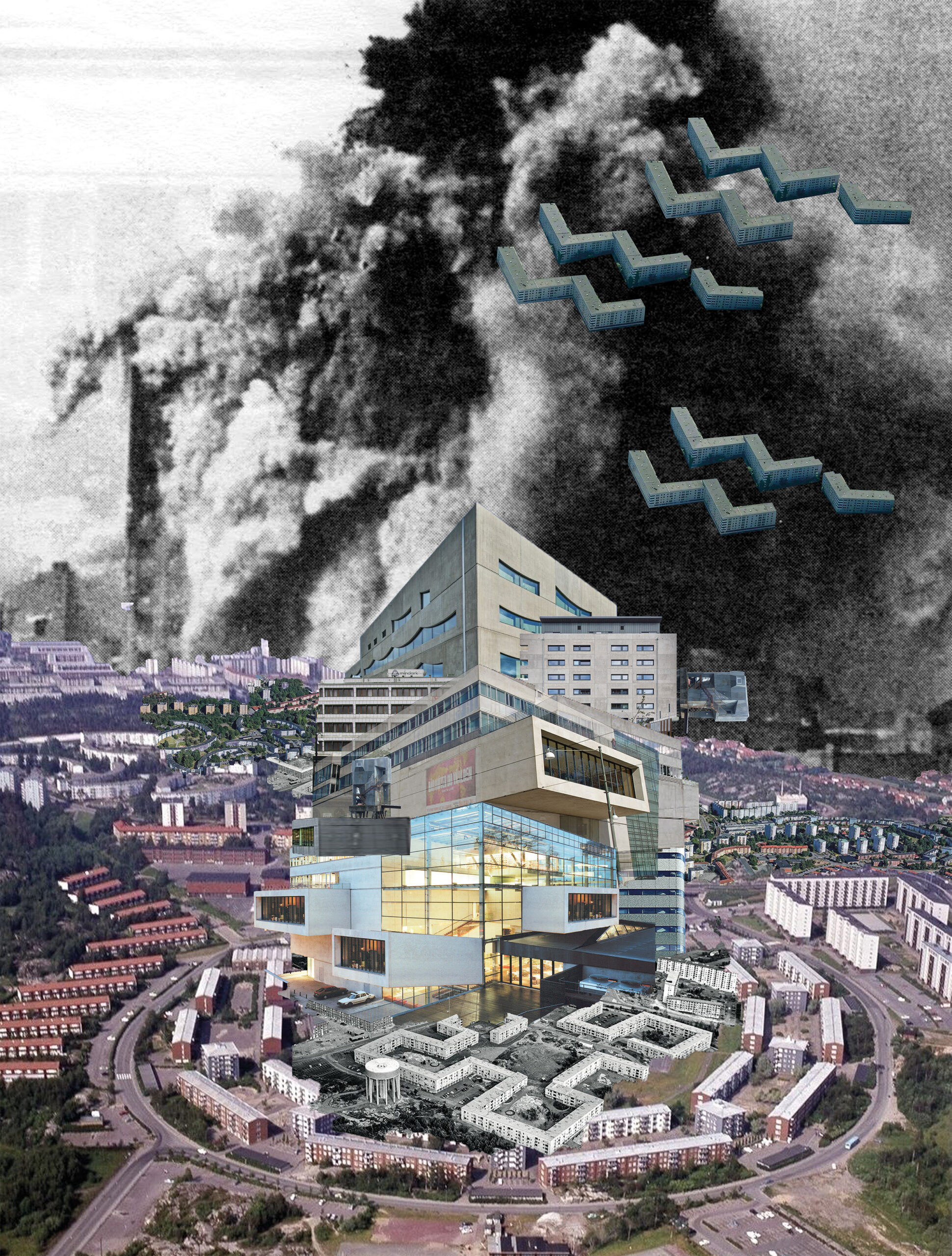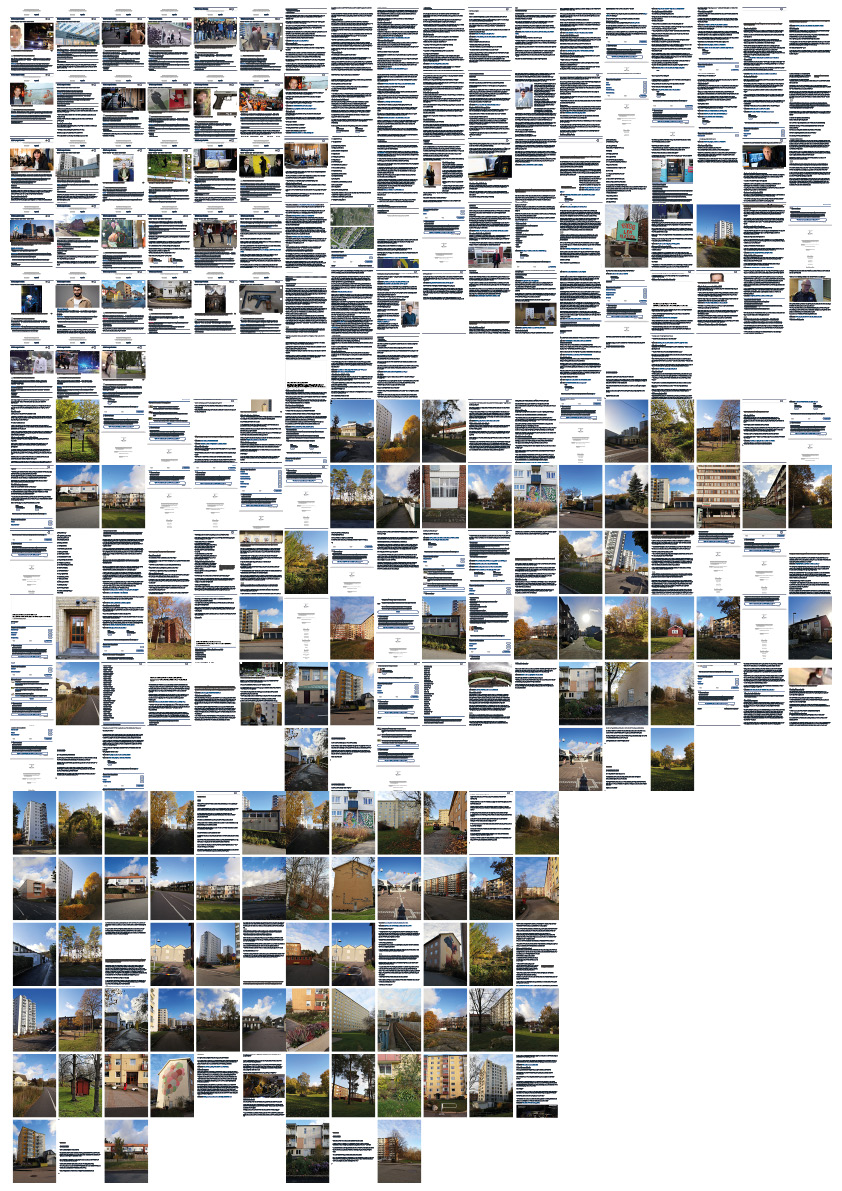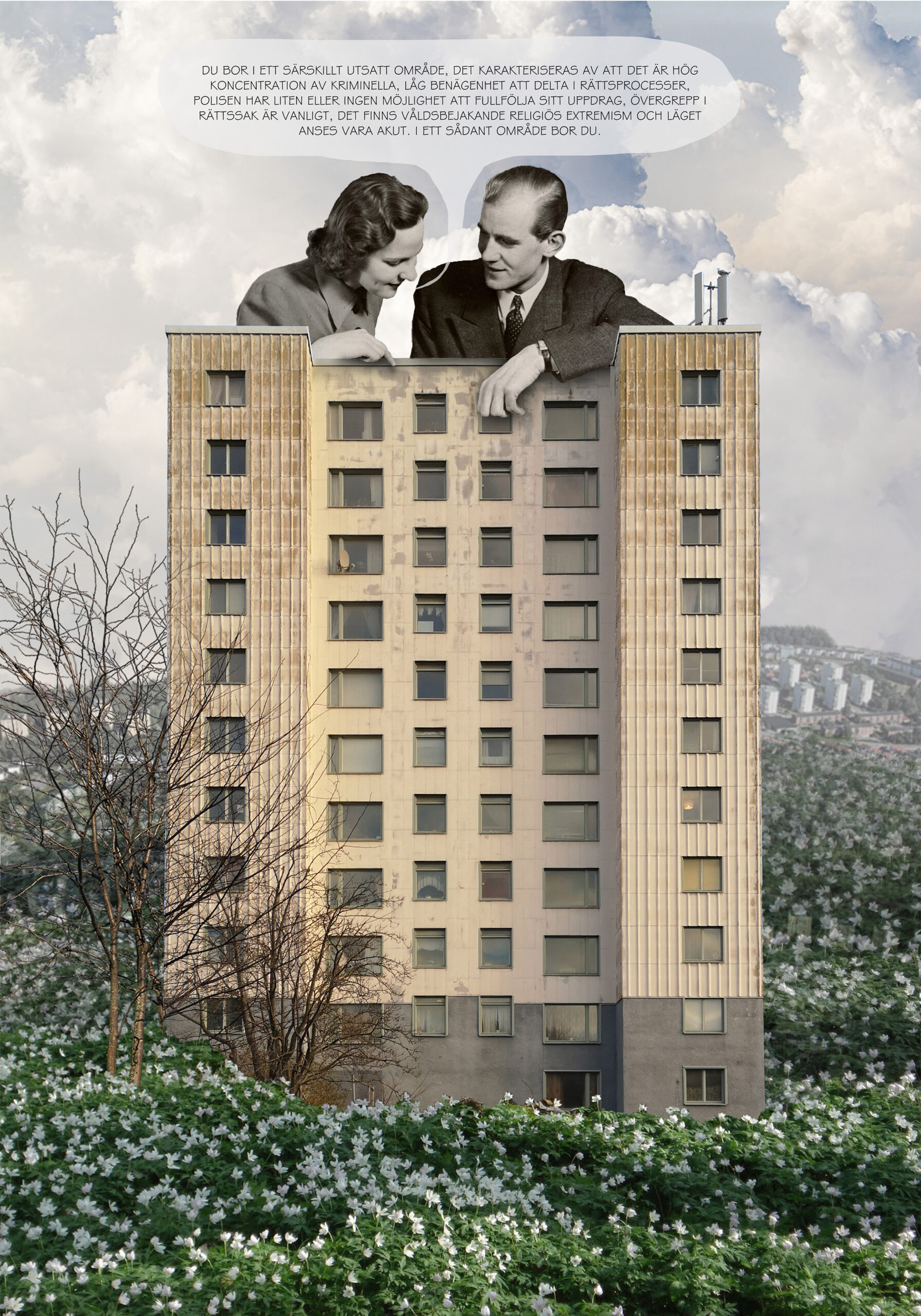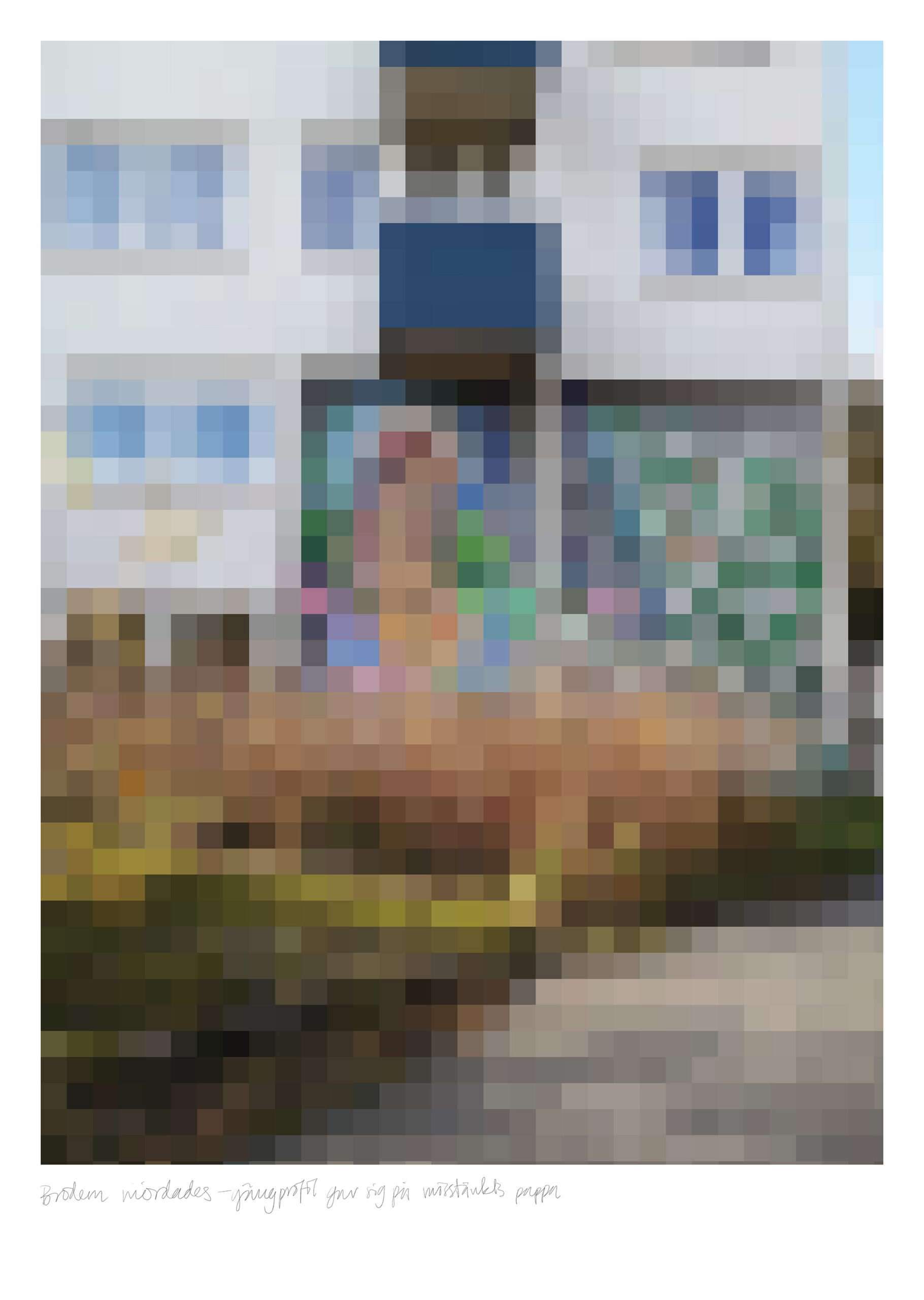Conclusions – Changing perspectives with collage
Collage and its stubborn sense of its own destiny
I started this course thinking I would do collages and learn how to use the technique in my design work, but now I see that I have found something bigger. I feel that it is quite similar to what Louis Kahn used to tell his students: “If you are ever stuck for inspiration, ask your materials for advice. “You say to a brick, ‘What do you want, brick?’ And brick says to you, ‘I like an arch.'”
Although I never asked the collage what it wanted to be, I would like to think that I sat down waiting for it to show me instead. Usually, I stay far away from political discussion but with the collage it has been impossible not to go there. It came out by itself, pouring. I have no other believe than that Khan says about the materials also do for collage, that it has a stubborn sense of its own destiny.
Before, I have used them as a tool to fulfil something else’s purpose, like a perspectival, but when I had no other purpose or goal than to do collages and a collage of collages, this is what came out.
The power of collage
When working with this type of collages I have experienced how both the process of making a collage and the finished picture creates strong reactions and can highlight hidden meanings. How?
A collage consists of different fragments, fragments of pictures, situations, ideas, feelings, times, notions etc. These fragments are put together in a composition through tools such as juxtaposition, appropriation, allegory and montage. These tools give the fragments life and is the reason why it speaks to us so clearly. The tools also create tension and a feeling that there are deeper connections and messages to explore, so we dig in and engage in what we see. We as viewers become co-creators and experience the message from inside. Our fragments of memories, ideas, notions etc. are as important for the collage as the ones in the picture. and the “complete” collage emerge in our minds.
The easiest way to describe this phenomenon is to draw a metaphor to the poem The Tree and the Sky by Tranströmer where a tree is walking around in the rain. Niklas Schiöler writes in relation to the poem about the power of the language. The grand thing with it is not that it allows Tranströmer to write that a tree is walking around in the rain, but that all of us reading the poem sees a tree walking in the rain in our minds.
Changing perspectives with collage
Collage has changed my perspectives at many levels this semester. It has above all given me new perspectives of the power of collage. How it is a tool that goes beyond design or making cool pictures and that even I can use it.
I have through my work with collage tried to give new or nuance the perspectives of Biskopsgården that is given today. Biskopsgården is not the only area in our country that suffer from segregation, criminality and bad reputation. I hope that “we” (using the us and them perspective since I do not live in such an area and ‘us and them’ is the common perspective today) will start to see “them” as individuals and question the given image, believing that change is possible. These areas, and more important the people living there, are not lost cases.
Finally, this semester has broadened my own perspective of our responsibilities as architects to our cities and the people in them. I am now looking forward to an architectural work consisting of both design and political discussion, and I will use collage as a tool in both.




